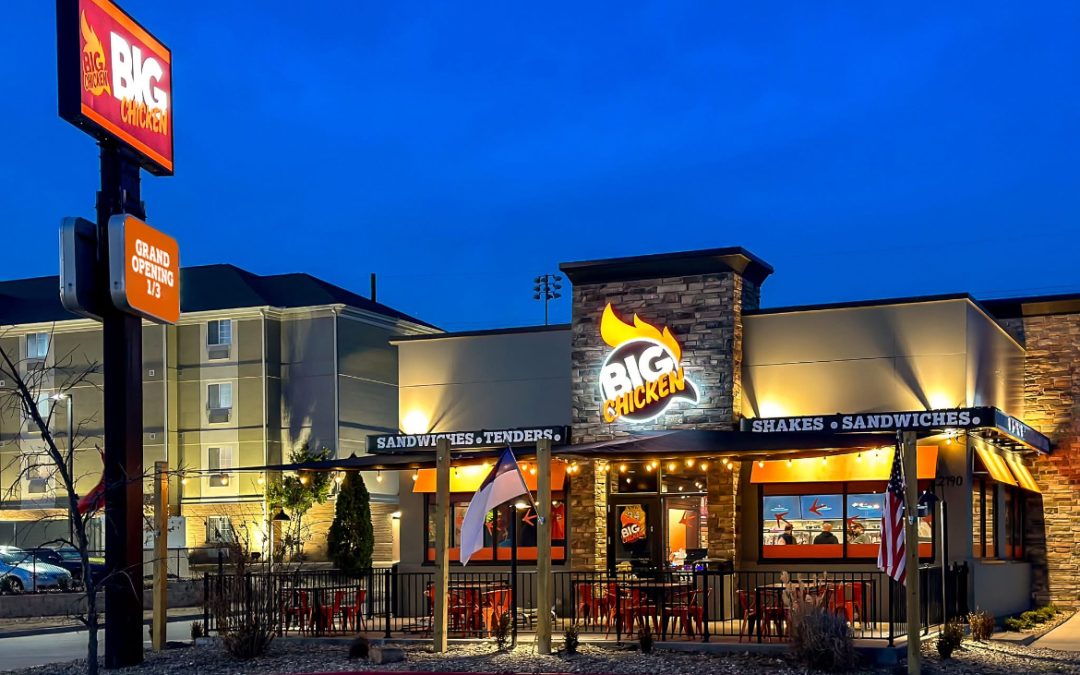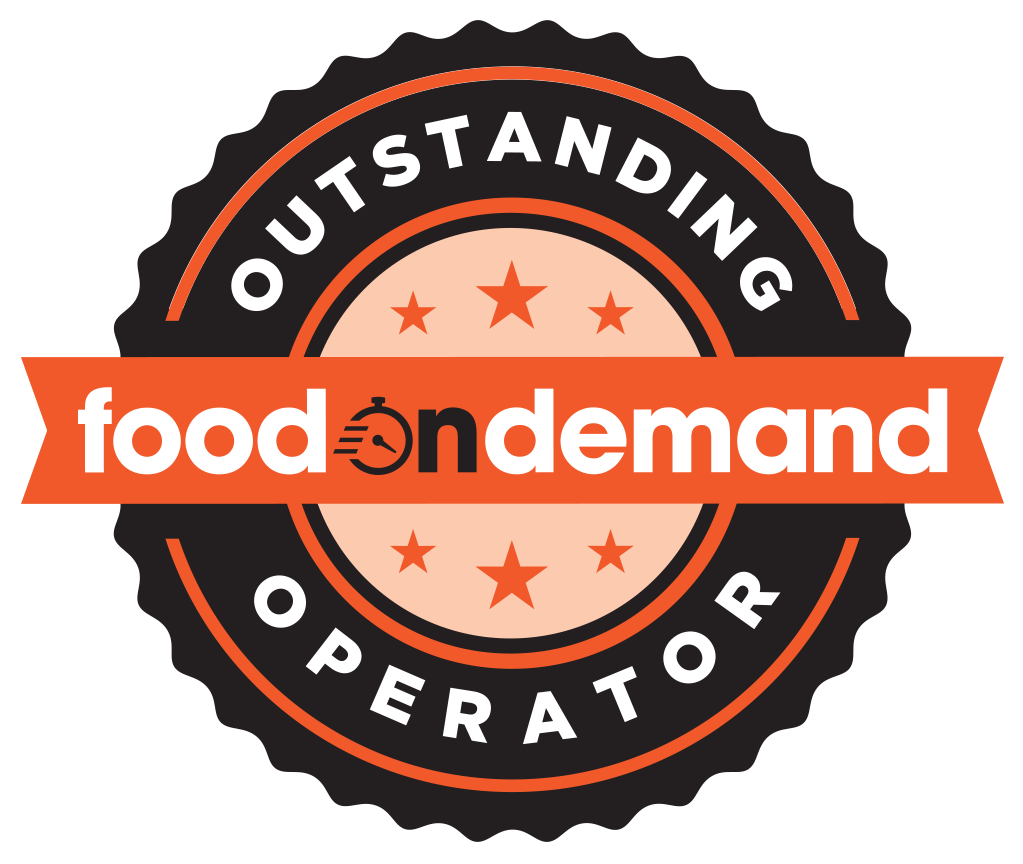Big Chicken, the fast-casual founded by basketball legend Shaquille O’Neal, is a Food On Demand Outstanding Operator.
O’Neal was inspired by his childhood memories of eating his mom’s chicken around the kitchen table. He wanted to create something authentic that resonated with his past and had a personal connection.
This insight comes from CEO Josh Halpern, who has known O’Neal since 2015. “He wanted to create something that really cemented his legacy and was rooted in something important to him. So, it didn’t feel authentic to endorse someone else’s brand—he wanted to do his own.”

Josh Halpern, CEO Big Chicken
And the vision has been paying off. The brand now has 49 locations and is preparing for international expansion to Canada, the UAE and Honduras.
“Shaquille is one of the best trial mechanisms on earth. We have lines out the door at almost every opening. So many people say, ‘I want to try Shaq’s restaurant,” said Halpern.
However, Halpern adds that it takes more than a known face to keep customers coming back. The brand focuses on maintaining high-quality food and service.
The brand’s operational strategies are tailored to the specific location of each store.
For example, sales outside the restaurant vary. In stores with drive-thrus, more customers order to-go. “On average, it’s about 40/60 dine-in to take-out, but it can be different—some stores are 20/80, while others are 70/30,” Halpern said. “Half our locations are non-traditional, focusing on dine-in experiences in places like arenas and airports.”
Innovation for off-premises dining
One example of adaptation is menu innovation. Halpern shares how they improved their fries to travel better by coating them to reduce sogginess during takeout.
“We learned that fries don’t ship well if they’re not coated. Guests would tell us that when they eat at the restaurant, they’re amazing, but when they take them to go, they’re not as good. We had to fix that. If it doesn’t work for third-party delivery, it doesn’t work for Big Chicken.”
The brand offers delivery through all major third-party platforms like Uber Eats and DoorDash. To optimize this, Halpern says they partnered with Figure 8 to improve their visibility on third-party platforms and correct some of the “bad behavior” affecting their SEO and SEM. They also leverage Olo to power their online ordering.
 “We had to have the recognition and the vulnerability to say, at our size, as an emerging brand, we couldn’t do everything on our own,” said Halpern.
“We had to have the recognition and the vulnerability to say, at our size, as an emerging brand, we couldn’t do everything on our own,” said Halpern.
“I truly believe in the notion that it takes a village, and we’re lucky to have a phenomenal tech village that helps drive off-premises consumption,” he added.
Big Chicken also uses customer data to improve its target audience and choose the right franchisees.
“We brought in a Ph.D class from Villanova. I sponsor a graduate-level class twice a year, where they work on a capstone project for us. Since they are our core consumers, it’s a win-win—I can teach them through the class, and they can teach me in return.”
They discovered that their best-performing stores are in areas with medium to low population density, where franchisees are actively involved.
Leveraging technology for growth
The brand also uses tools like Ovation to monitor and respond to customer reviews. Additionally, they’ve integrated Opus, a gamified training platform designed for Gen Z employees. “Many of our employees are Gen Z,” Halpern explained. “They don’t want to be sitting in a classroom style training. They do not want to get a loose-leaf binder and be told to memorize it. They want it on their phone. They want it to look like TikTok.” he said.
Another big investment has been Big Chicken’s robust loyalty program. The brand partnered with “Thanx” to launch a platform that goes beyond discounts. Customers can accumulate points and earn rewards like a Carnival Cruise.
When it comes to more tech, Halpern envisions voice AI in the drive-thru using Shaq’s voice-handling orders, but he’s waiting for the right company and timing to make sure it doesn’t sound robotic.
Staying adaptive
The business model must constantly evolve because the environment is always changing, according to Halpern. “Food costs have been erratic. Labor markets have been erratic. The shift from dine-in to delivery, drive-thru, and takeout has been erratic. In the last six to 12 months, people are getting back to catering…so the number one threat is complacency. We are always almost paranoid in that, just because we’re doing it well today doesn’t mean we’ll be on track in 30, 60, or 90 days,” he explained. He added that their true north is focusing on their franchisees.
This mindset drives the team to ask key questions. “Are we too complex in our menu? Are we too complex in labor? Are there things we can automate? Are there ways we can improve packaging for a better third-party or catering experience?” Halpern said. “You may have a great solution today, but you might have a better one in store.”
The Outstanding Operators Program highlights 20 innovative brands taking creative paths to success with all things off-premises. Each winner receives a $1,000 charitable donation to its organization of choice and will be recognized on-stage at the 2025 Food On Demand Conference. Register today!
 |
 |
 |


